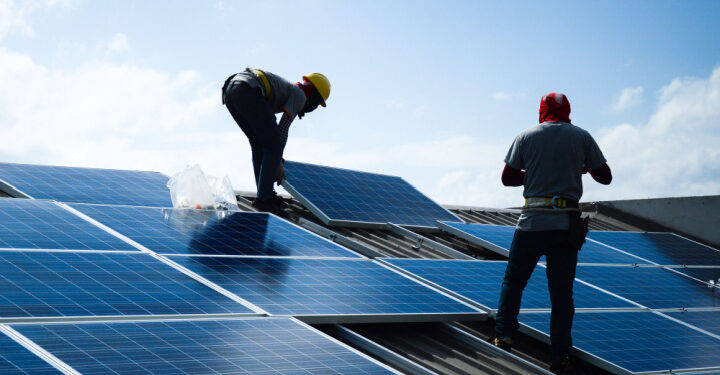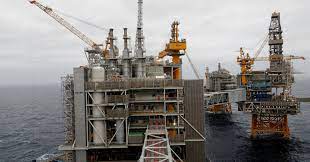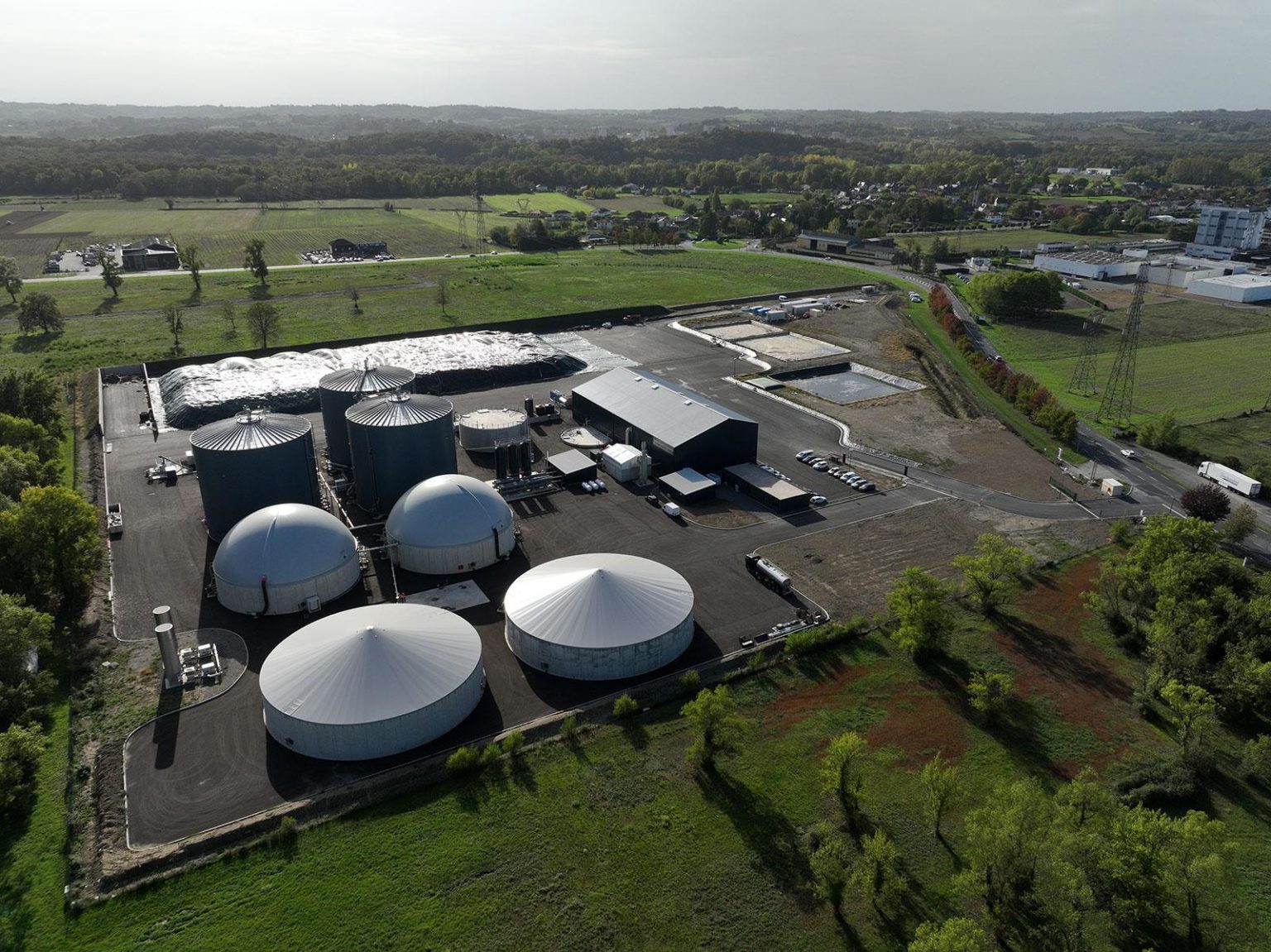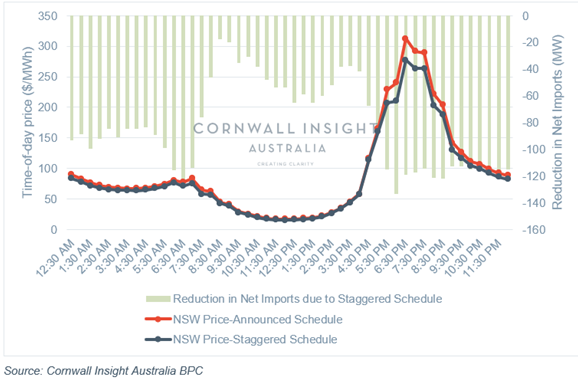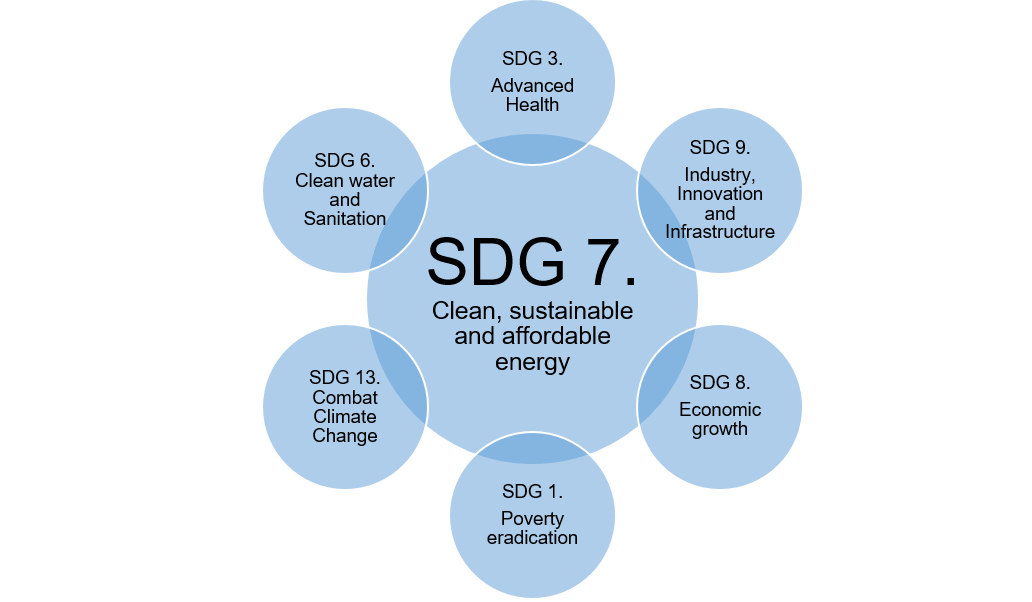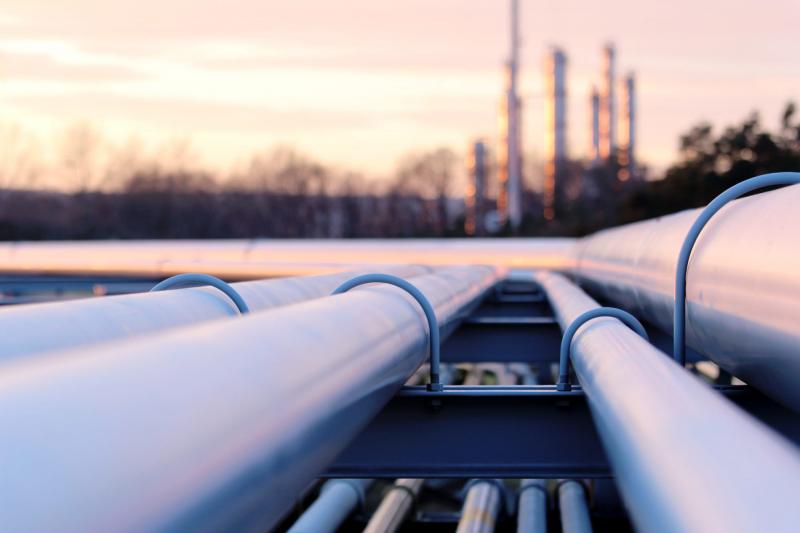Egyptian gas production fell sharply in March from a year earlier, and was the lowest since April 2018.
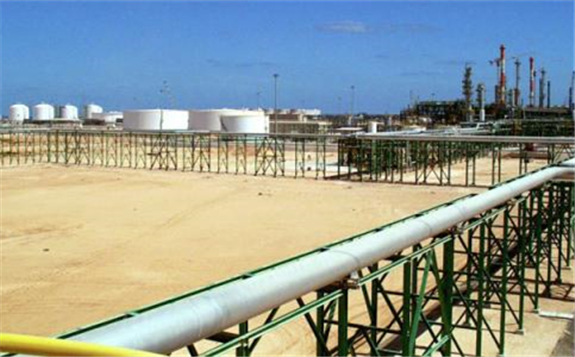
Egyptian production dropped to 153mn m³/d in March, the most recent official data available, from 190mn m³/d a year earlier and the lowest for any month since the 151mn m³/d recorded in April 2018.
A combination of low domestic consumption, competition with pipeline imports and low LNG prices reducing the incentive to export cargoes provided scope to turn down upstream production, just months after new production projects reached their plateau. The 850bn m³ offshore Zohr field had only reached capacity in August last year, but Egypt was already nominating below capacity by November. Egypt's aggregate production had already fallen below the previous year's levels in January and February.
The Covid-19 outbreak may have contributed to the drop in domestic demand, which fell to 151mn m³/d in March from 162mn m³/d a year earlier, resuming a downward trend seen since the first half of 2019. Efficiency gains in the power generation sector and higher retail prices may have also driven the lower demand. But consumption had inched higher in January and February.
And global LNG prices falling below upstream production costs lead to Egypt halting exports from its Idku facility. The terminal has not produced any cargoes since 9 March, according to shiptracking data.
Upstream production may also be competing with imports of pipeline gas from Israel, which started in January under a long-term contract between Egyptian firm Dolphinus Energy and the partners in the Leviathan project, including Israeli firm Delek Drilling and US firm Noble Energy.
Egypt pays a price indexed to Brent crude oil for both its upstream production and Israeli pipeline imports, which may reduce scope to optimise volumes between the two sources of supply — although it was unclear if both sources were priced using a similar indexation.
